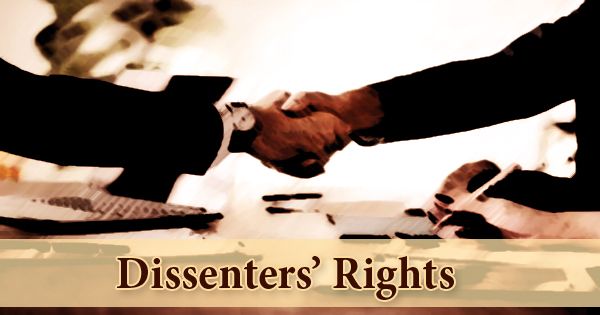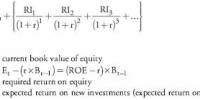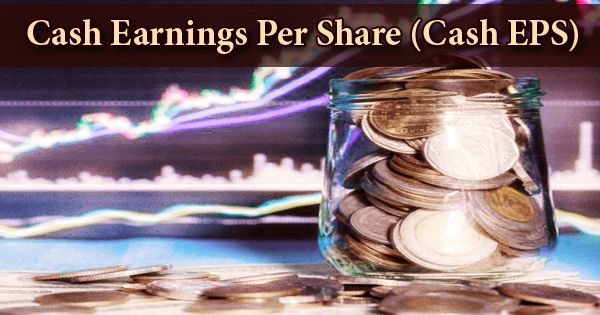Free cash flow (FCF), also known as a free cash flow to firm (FCFF), reflects the cash created by a company to finance operations and retain its capital assets after accounting for cash outflows. In other words, once all the company’s expenses have been paid for it calculates how much surplus money a corporation has left over to pay back debt, pay investors, or expand the business. It shows the cash that a business enterprise can produce after deducting the purchase of assets such as property, equipment, and other principal investments from its operating cash flow. This can be beneficial for parties such as equity holders, debt holders, preferred stockholders, and convertible security holders if they want to see how much revenue can be derived from a corporation without causing their activities to have problems. It is not always clear what they mean when someone refers to the FCF. There are many different metrics to which people might refer.
The most common types include:
- Free Cash Flow to the Firm (FCFF) also referred to as “unlevered”
- Free Cash Flow to Equity also knows as “levered”
Depending on the audience and available data, free cash flow can be measured in different ways. Free cash flow, unlike profits or net income, is a measure of profitability that removes from the balance sheet the non-cash costs of the income statement which includes expenditure on facilities and properties as well as adjustments in working capital.

The formula to calculate free cash flow (FCF) is:
FCF = Operating Cash Flow (CFO) – Capital Expenditures
Under Operating Activities, the data required to measure the free cash flow of a company is typically on the cash flow statement. Knowing the free cash flow of the company helps management to decide on potential projects that will maximize the wealth of shareholders.
Note that free cash flow depends heavily on the state of a company’s cash from operations, which in turn is closely influenced through the company’s internet income. Additionally, having an abundant FCF shows that an organization is capable of paying its month-to-month dues. Companies can also use their FCF to enlarge enterprise operations or pursue different nonpermanent investments. Similar to revenue and profits, in order to determine the impact of dilution, free cash flow is also measured on a per-share basis. As free cash flow takes into account the purchasing of capital assets and changes in working capital, FCF can be different from net income.
As a measure of profitability, some investors prefer FCF or FCF per share over profits or earnings per share, since it excludes non-cash items from the income statement. Free cash flow is more straightforward in explaining the company’s ability to generate cash and profits relative to earnings per share. However, it can be lumpy and inconsistent over time since FCF bills for land, plant, and equipment investments. Therefore, when the company has reported a significant amount of non-operating profits or expenditures that are now not instantly connected to the daily core operation of the company, the analyst or investor must carefully cut these from the free cash drift measure to get a higher image of the normal cash-generating capacity of the company.
Because FCF bills for changes in working capital, it can provide important insights into the cost of an organization and the fitness of its critical trends. It is additionally necessary to note that businesses have some leeway about what gadgets are or are not viewed as capital expenditures, and the investor be conscious of this when comparing the free money float of one of a kind companies. Fortunately, for most public companies, most financial websites can have a description of the FCF or a graph of the FCF trend. There would be miserable stock patterns in many businesses with very good free cash flow, and the reverse could also be true.
Information Sources:
















